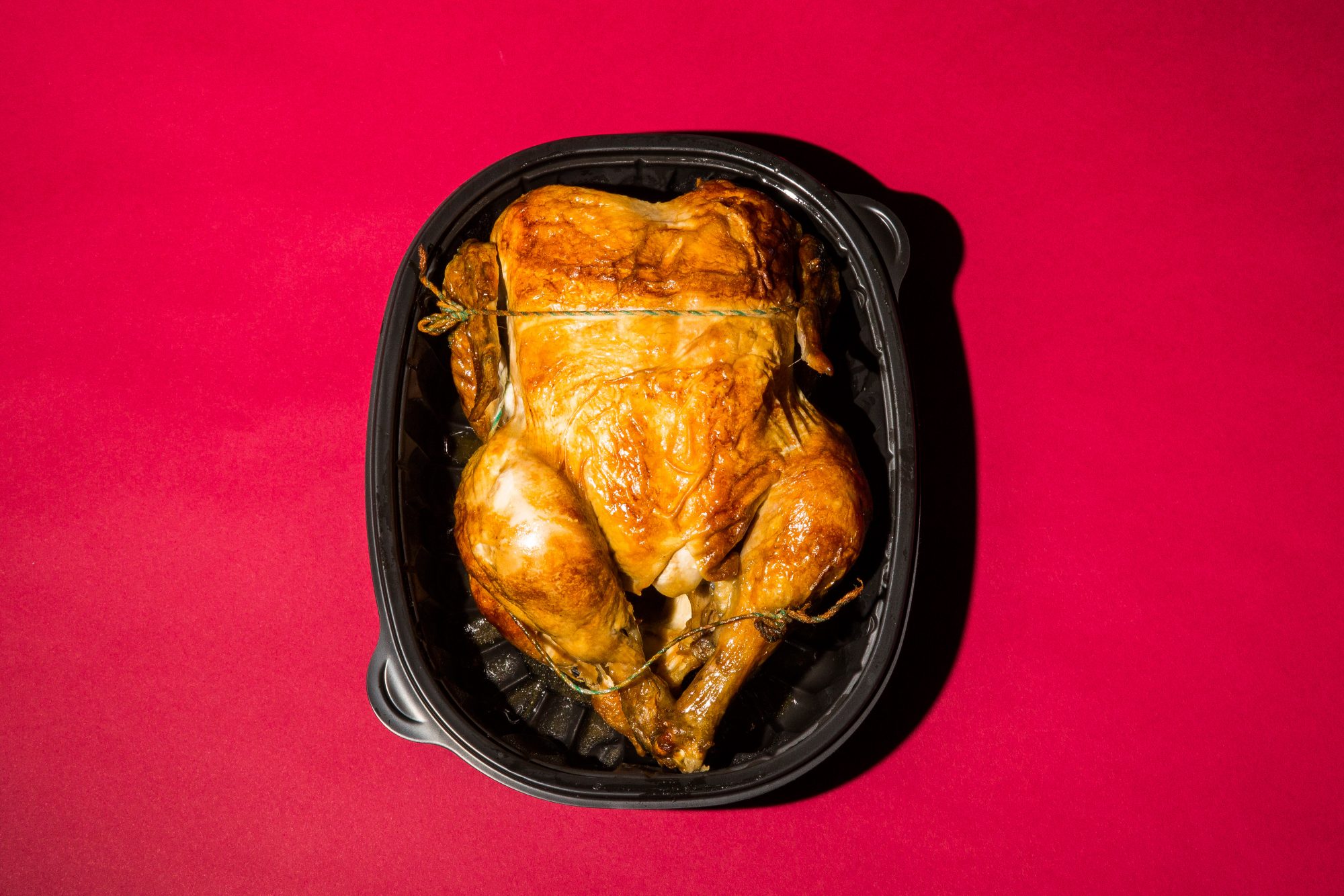Raising healthy and happy chicks begins with a well-structured environment, and a critical component of this setup is ensuring a chick brooder near heat source. This provides the necessary warmth that chicks need to thrive in their early days. Placing the brooder correctly can significantly impact the growth and well-being of your chicks.
Newborn chicks are incredibly vulnerable to temperature changes. Therefore, having a chick brooder near heat source is paramount. This setup mimics the warmth provided by a mother hen, ensuring that the chicks remain comfortable and stress-free.

What is a Chick Brooder?
A chick brooder is an enclosure designed to keep chicks safe and warm. It is typically equipped with a heat source, such as a heat lamp, to maintain an optimal temperature. The brooder acts as a safe haven where chicks can eat, drink, and rest while being protected from external threats.
Why Heat is Crucial for Chicks
Chicks are unable to regulate their body temperature in their first few weeks of life. Hence, a consistent heat source is essential. The heat helps maintain their body warmth, ensuring proper growth and development. Without adequate heat, chicks can become cold, leading to stress, health issues, or even death.
Choosing the Right Heat Source
Heat Lamps
Heat lamps are a popular choice for providing warmth in a brooder. They are easy to use and allow for adjustable heat levels. However, safety precautions must be taken to prevent overheating or fire hazards.
Heat Plates
Heat plates offer a safer alternative to heat lamps. They provide a consistent warmth source and reduce the risk of fire. These plates mimic the warmth of a mother hen, making them a preferred choice for many chicken enthusiasts.
Setting Up Your Chick Brooder
Location
Choose a location that is draft-free and safe from predators. The chick brooder near heat source should be placed in a quiet area where chicks can rest without disturbances.
Temperature Regulation
Start by setting the brooder temperature to around 95F (35C) and reduce it by 5F each week until the chicks are fully feathered. Ensure there are warmer and cooler areas within the brooder to allow chicks to self-regulate their body temperature.
Essential Brooder Supplies
- Feed and Water Containers
- Bedding Material
- Thermometers
Providing the right supplies is crucial for the well-being of your chicks. They need access to clean water, nutritious feed, and a comfortable bedding material.
Monitoring Chick Behavior
Observing your chicks’ behavior can help you adjust the brooder setup. If chicks are huddling under the heat source, they may be cold. If they are staying away from it, the brooder might be too hot.
Ensuring Safety and Hygiene
Maintaining a clean brooder environment is vital. Regularly replace bedding, clean feed and water containers, and ensure the heat source is functioning properly to prevent any health issues.
For more detailed information on maintaining a brooder, visit our guide on Brooder Maintenance.
Additional Resources
For further tips on setting up a brooder, you can explore the External Brooder Guide.
Common Mistakes to Avoid When Setting Up a Chick Brooder
Many first-time chicken owners make common mistakes when setting up their brooders. Avoid these pitfalls by ensuring the brooder is draft-free, the heat source is secure, and the space is not overcrowded.

FAQs
How long do chicks need a heat source?
Chicks typically need a heat source until they are six weeks old or until they are fully feathered.
Can I use a regular bulb for heat?
Regular bulbs do not provide sufficient heat and are not recommended for brooders. Using a heat lamp or heat plate is advised.
What should I do if my chicks seem too hot or too cold?
Adjust the height of the heat source or the temperature setting to ensure a comfortable environment for your chicks.
This article contains affiliate links. We may earn a commission at no extra cost to you.











